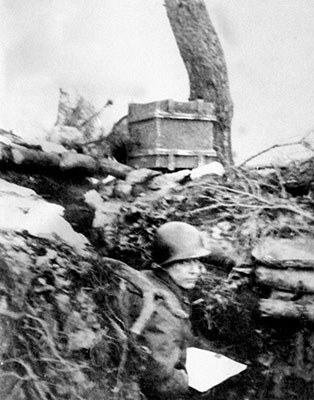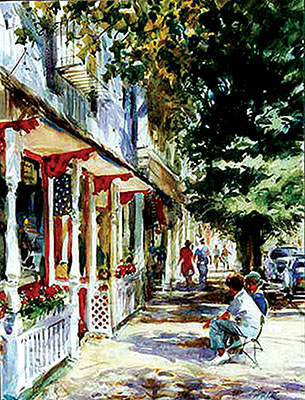DOWNLOAD
In our recent research on the Korean War, we uncovered a few pencil drawings. One of the drawings included a faded identification: “Zayac 53 Korea.” Through modern technology and some amateur sleuthing, we were able to identify and locate the artist.
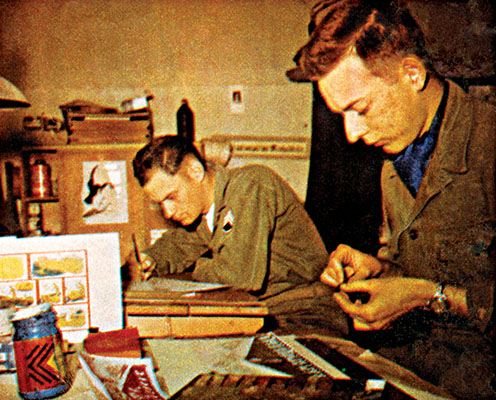
Born and raised in Detroit, Michigan, Richard (Dick) Zayac was attracted to art at a young age. As a teenager, he studied at the Detroit Institute of Arts and the Society of Arts and Crafts. While majoring in commercial art at Cass Technical High School, he received scholarships to the Art Students League of New York and the Pratt Institute in New York City.
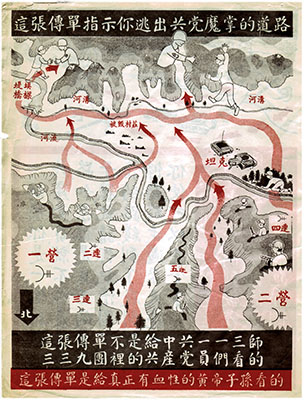
In 1950, war broke out on the other side of the world. World events overtook educational plans. Zayac was drafted and assigned to the 1st Loudspeaker and Leaflet Company (1st L&L) in Korea.
The 1st L&L consisted of artists, photographers, scriptwriters, loudspeaker teams, and linguists. They worked together to conduct psychological warfare designed to shorten the conflict, assure the civilian population that help was on the way, and that the end of the war was just around the corner.
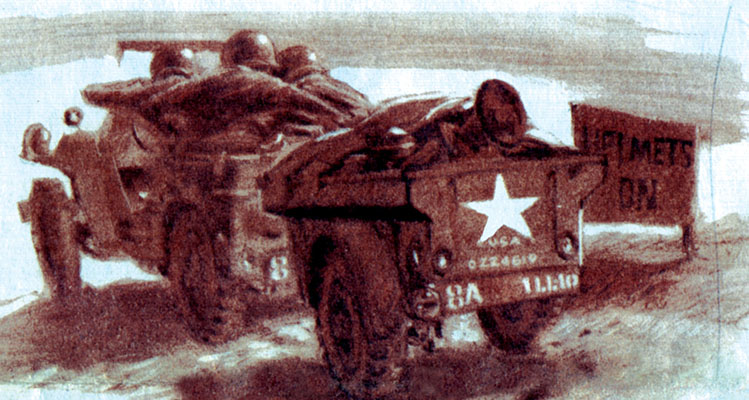
All of the images displayed in conjunction with this article are products of psychological warfare pioneer Dick Zayac. The Psywar leaflet depicting a map and routes through the lines was actually reconnoitered by Zayac himself. He wanted to assure himself that the map depicted everything in its proper perspective. Considering today’s Psychological Operations (PSYOP) “reach back” support, Zayac’s recon remains one of those daring feats upon which legends are built.
The 1st L&L was so successful at upsetting enemy plans and encouraging loyal support that on 18 May 1952, in Taegu, the unit was awarded the Korean Presidential Unit Citation. It read, in part: “Over one billion leaflets have also been prepared and dropped over enemy troops and civilians in North Korea contributing greatly to the weakening of morale of enemy soldiers and to the improvement of morale of loyal citizens of the Republic of Korea.”
Dick Zayac returned home to begin a commercial artist career that continues to flourish today. From his studio in Michigan’s North Woods, Zayac continues to paint in the plein air style he has perfected. Zayac’s work is included in private collections from Chicago to Tokyo.

